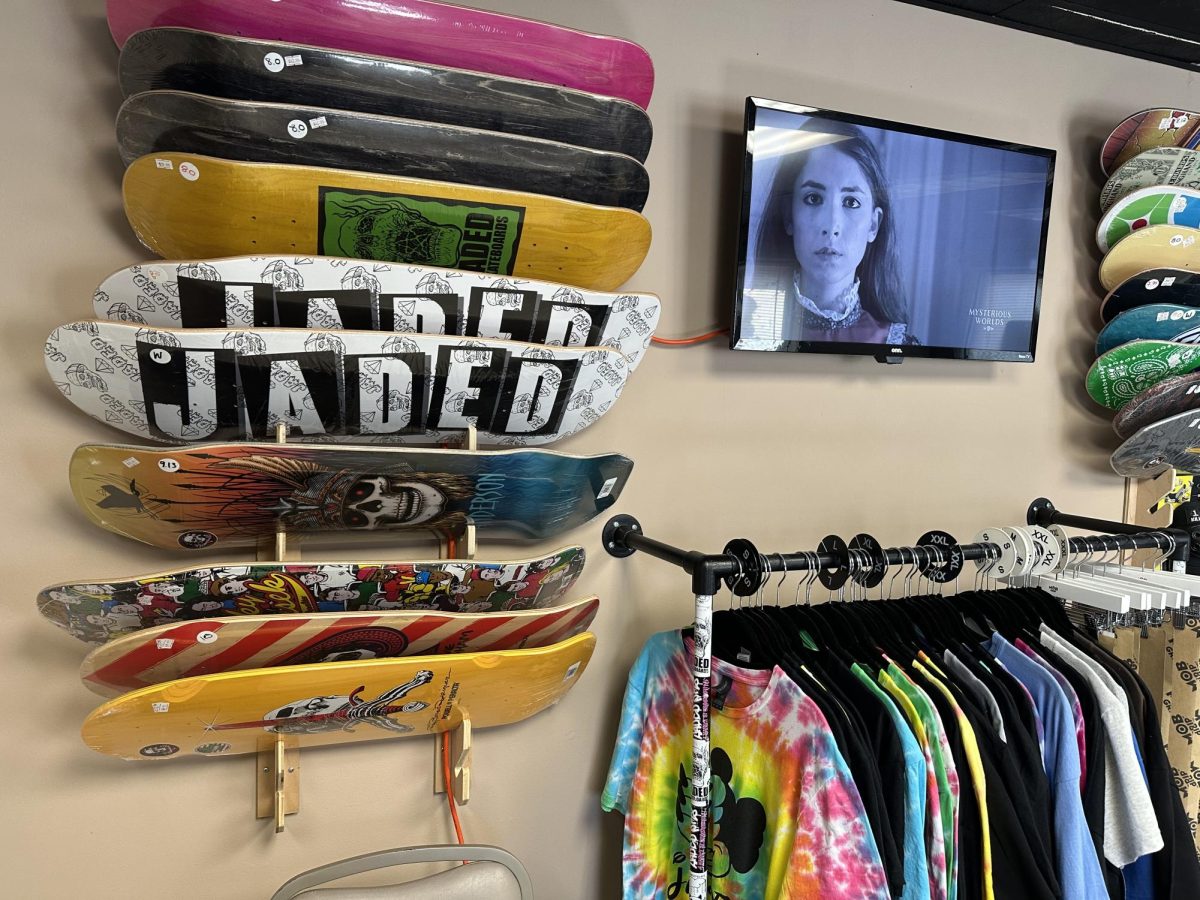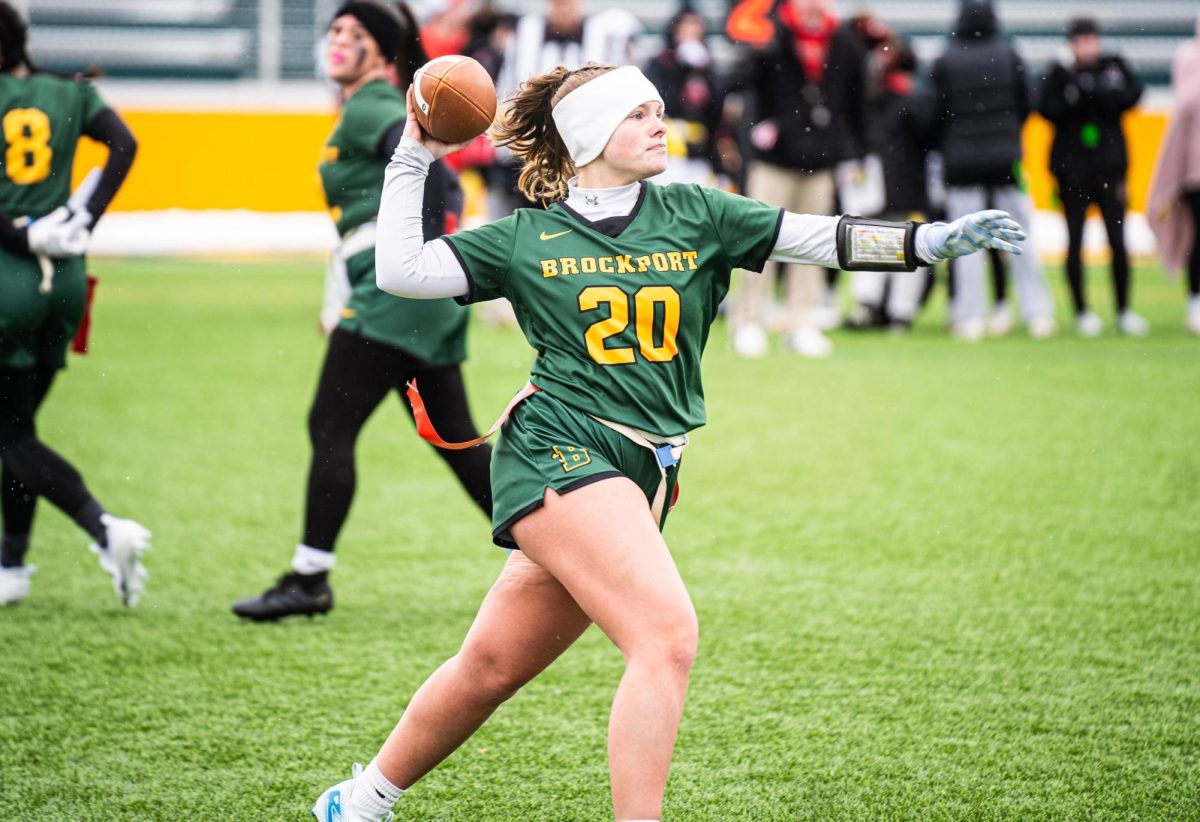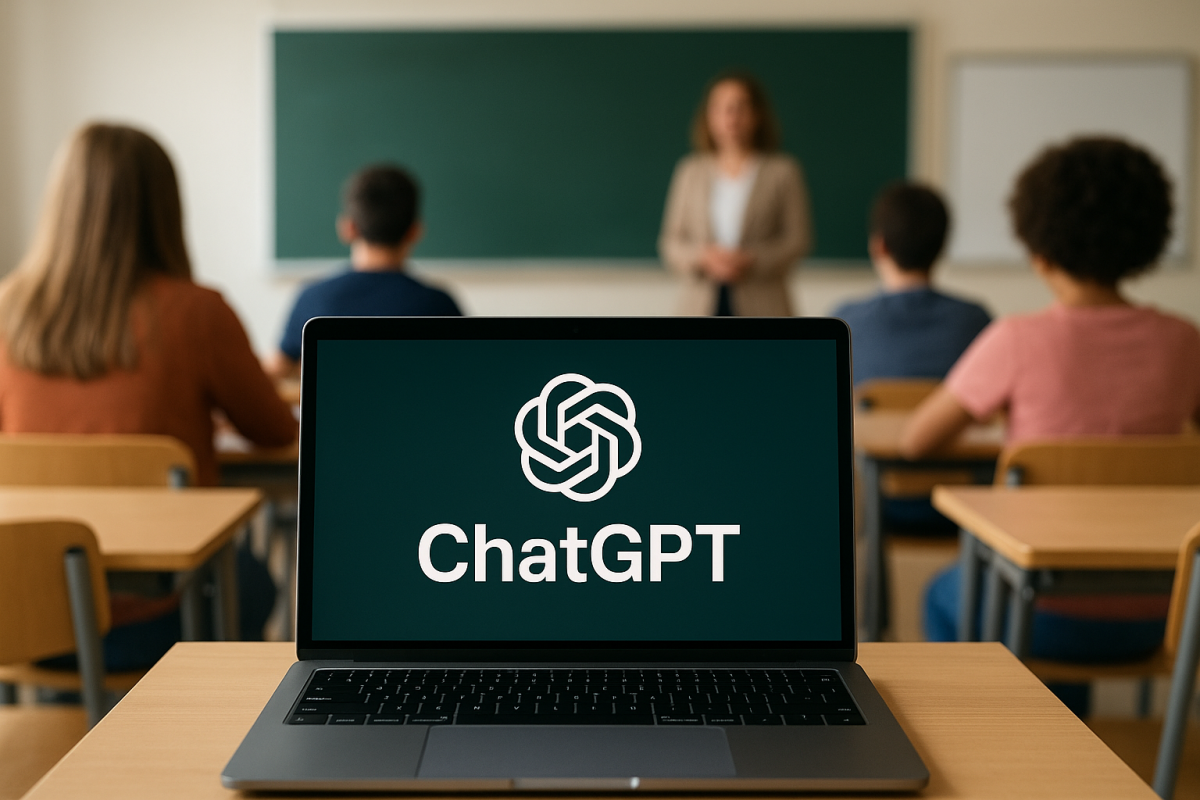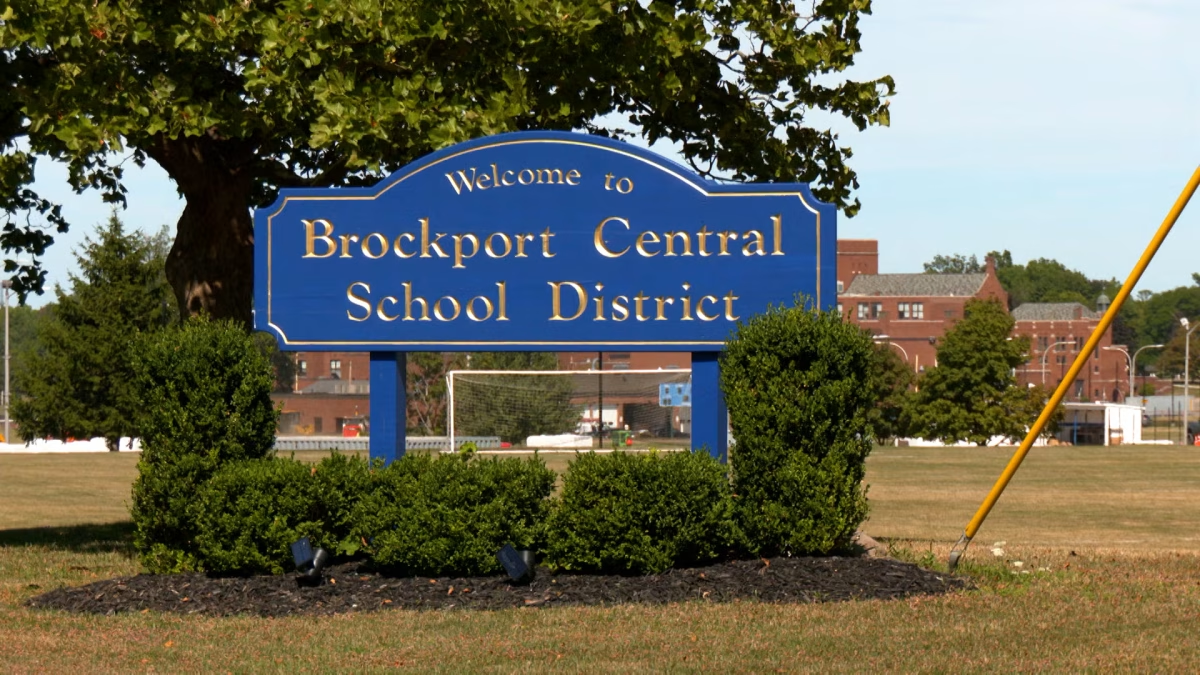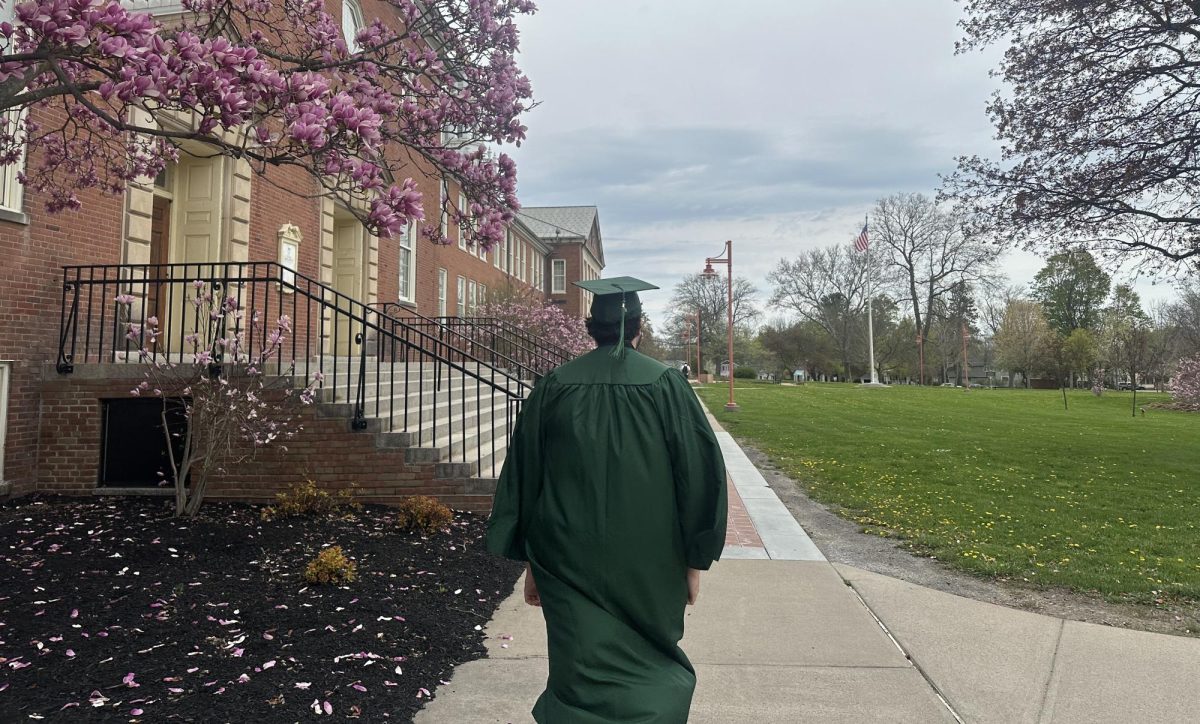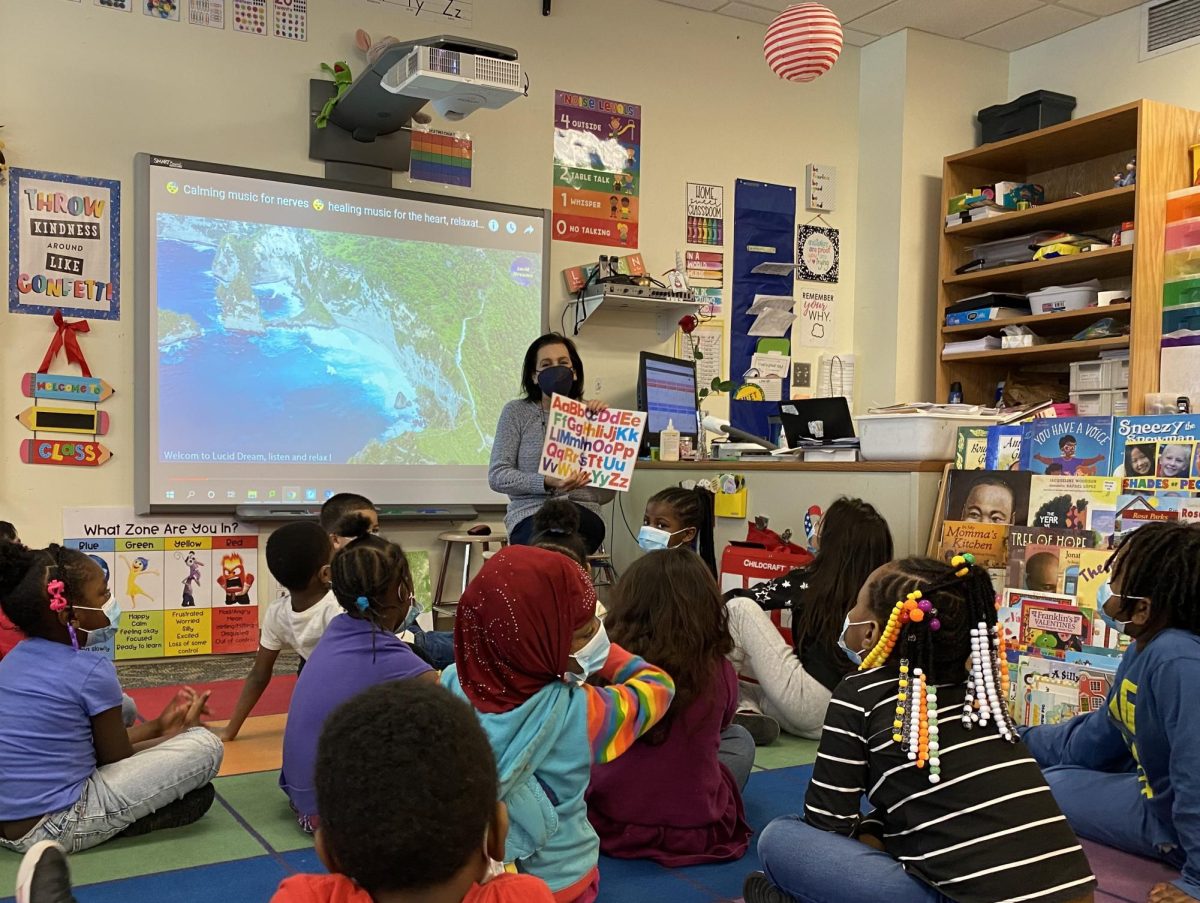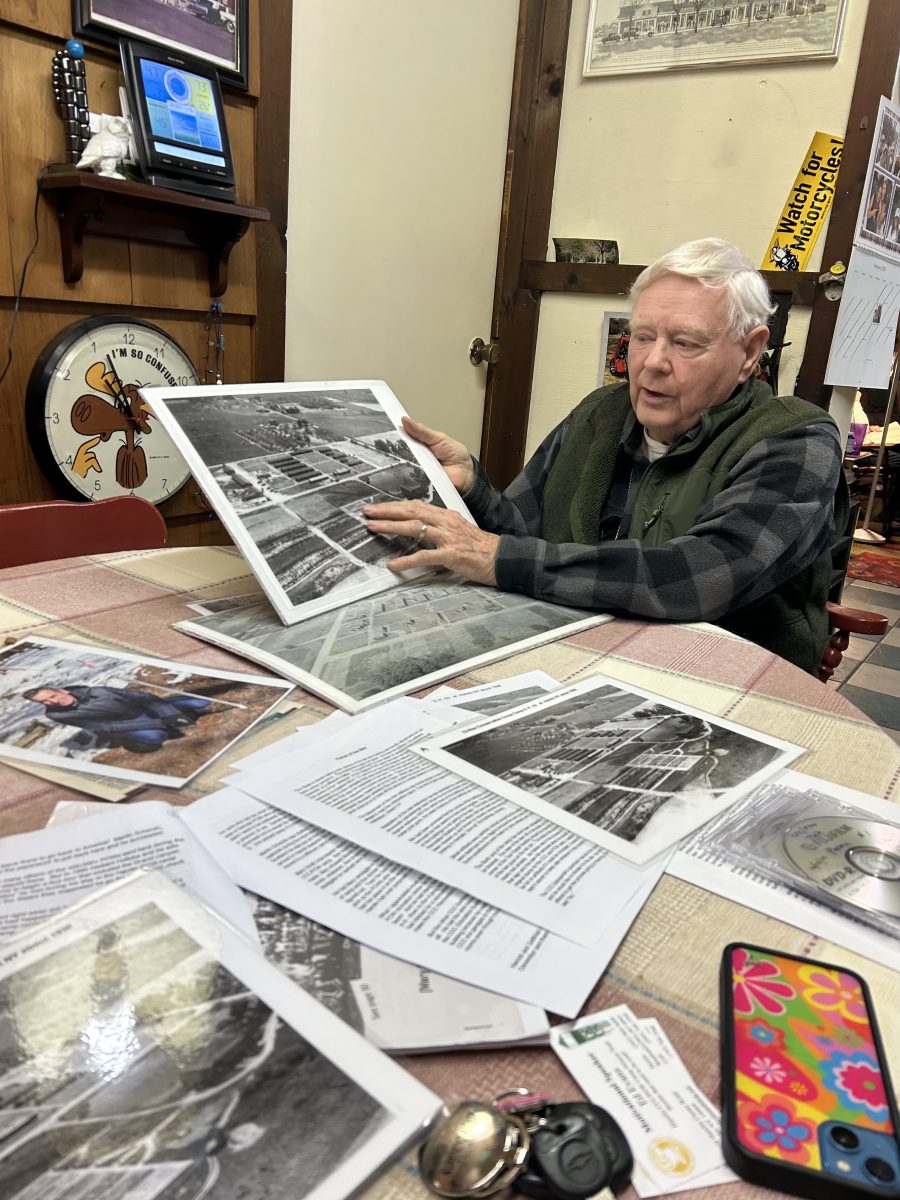Teachers are raising concerns about a growing trend of student disengagement both inside and outside the classroom. Empty hallways, dying clubs and declining numbers of student athletes all point to trends that are cause for concern.
The data shows the extent of the decline. According to the latest research, students are lacking a curiosity at school that is crucial to the learning process. This likely plays a major role in teachers across the country struggling to keep students engaged in a post-pandemic world. About 46% of teachers have noticed that student engagement has declined since before the pandemic.
Emma Carter, who asked that we not use her real name, is a long-term substitute teacher in the Hilton School District. As an educator, Carter has seen the decline in participation first-hand.
“A lot of them [students], I feel like, don’t do their homework, don’t ever really want to or just don’t have that same drive that I feel like I used to have. I’ve noticed a lot of kids just don’t really care about school as much anymore, so it kind of stops them from wanting to participate,” Carter said.

Researchers are finding that the ‘engagement gap’ is being affected by a rise in screen-time among younger Gen Z and Gen Alpha students. This is framed as a “digital era” that is setting younger generations back in terms of academics, socialization, motivation and more. In 2022, only 33% of fourth graders in the United States scored at or above proficiency in reading. In these cognitive years for children, it is imperative that this trend does not continue.
“I do think that iPads are a big thing,” Carter said, “I know some students mention, even third graders say, ‘I have a phone at home, and I can always use it after school,’ or, ‘My tablet got taken away this day, but I get it back this day.’ Like, that’s all they really care about. From my personal experience as a student, my mom always told us how important it is to do your homework and participate. So that was kind of just drilled into me. But I don’t think that kind of home life is as common anymore. It’s definitely still around, but the tablets are definitely starting to take over,” Carter said.
Data from the Rochester School District echoes these trends. According to the Village Census, the A.D. Oliver Middle School saw a 10.7% decrease in English Language Arts (ELA) participation and an 8.8% decrease in mathematics participation from the 22–23 school year to the 23–24 school year. In the same time frame, Brockport High School saw a 3.1% decrease in ELA participation and a 34.9% decrease in mathematics participation.

Despite the grim numbers, there are some students who are bucking the trend. Maria Liberatore is a senior at Brockport High who is defying these odd. Liberatore is doing well in classes, participating in extracurriculars like flag football and is active in her school’s National Honor Society. She is also interning at SUNY Brockport’s student-run newspaper, The Stylus and interning at Rochester’s Democrat and Chronicle.
“What motivates me to participate in school and outside of school is more of a realization that these are the last years of my youth and my high school career. So, I really want to get involved as much as possible. And obviously, you know, it looks good when applying for colleges,” Liberatore said.

It took time for Liberatore to find the motivation to get involved.
“In more recent years I’ve noticed personally, when the pandemic ended, I didn’t really feel interested in anything coming back to school.” Liberatore said, “That was just something I had to gradually work into. Obviously, I’m more involved now but coming back I just felt kind of lazy. It’s harder to get into things at school when you didn’t have that middle school to high school transition experience, which is the time in my life where Covid hit,” Liberatore said.
Professor Steven Farrington teaches Spanish at SUNY Brockport as well as high school and middle school Spanish and French at the Williamson School District, NY.

“I think several things are happening all at once from my perspective. I think, especially post-Covid, a lot of people are less engaged. I’ve noticed that there are a lot more kids being homeschooled as well. I think that there are fewer students who are interested in getting involved in clubs and things like that in school, too. The phone thing is an obvious problem, but I do think that the new New York phone policy is doing great things to help with that,” Farrington said.
Being a Language Arts teacher also provides Farrington with a greater perspective on the waning participation of students in language classes.
“There’s been a real drop off.” Farrington said, “I would say, since the pandemic, a lot fewer people started going into languages, a class like the one I teach at Brockport now, for example, 20 years ago would have had like 20 or 30 students signing up for it and now, we have six students in that class. I don’t want to stereotype the whole generation, but I feel like Gen Z is not very interested in going out and learning languages anymore, maybe because everything is at their fingertips. Like they can learn with an app, or online or by watching movies on Netflix. I think that’s great too but, there’s nothing like immersing yourself in a language by studying or traveling abroad,” Farrington said.
Though the data may seem bleak, schools and teachers have already begun the process of implementing their own unique ways to get students to participate and keep them engaged in class. Teachers like Carter and Farrington have had to become more creative to spark student engagement.
“I do this incentive, I call it ‘Carter Cash.’ It’s for some positive reinforcement, like sometimes I’ll give it if a student gives me a good answer, or if nobody’s talking to me or participating, I’m like, ‘Okay, I’m bringing out my Carter Cash,’ and then their hands immediately shoot up,” Carter said.
While student participation levels have decreased in recent years, teachers are working hard to facilitate a positive school environment to encourage active participation. State-wide policies like the New York State phone restriction in schools and unique classroom policies created by teachers are being enforced so that educators can help create a brighter future for students.








